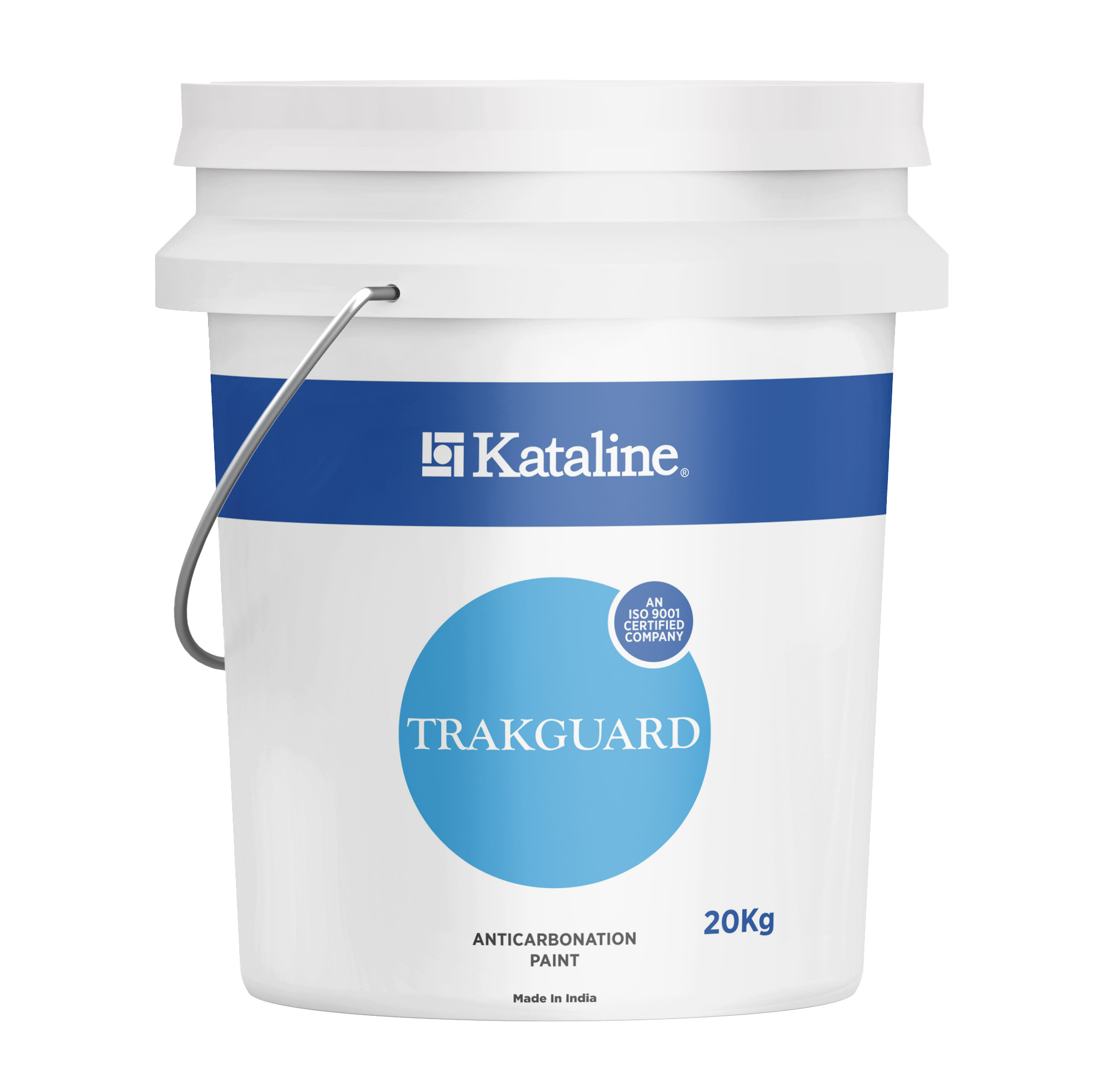Concrete structures are essential to modern infrastructure, but they face significant threats from environmental factors. One of the primary challenges is carbonation, a process in which carbon dioxide (CO₂) penetrates the concrete, reducing its pH levels and leading to the corrosion of steel reinforcements embedded within. Over time, this weakens the structure, compromises its integrity, and shortens its lifespan. However, adopting protective measures can enhance durability, extend the life of critical infrastructure, ensure safety, and reduce maintenance costs, contributing to a more sustainable future.
Key Principles for Protection
- Barrier Creation : The first line of defence against carbonation is creating an impermeable shield over concrete surfaces. This barrier prevents CO₂ from entering and reacting with the material, thereby protecting the steel reinforcements within. Effective barrier solutions are essential in safeguarding structures from environmental pollutants while preserving their strength.
- Breathability : While it is crucial to block harmful elements like CO₂, it is equally important to allow moisture to escape. Protective materials must be breathable, ensuring that water vapour trapped inside the concrete can dissipate. This prevents internal damage, such as cracking or spalling, while maintaining a high level of protection from external pollutants.
- Durability : Long-lasting protection requires materials that can withstand harsh environmental conditions. Weather-resistant and UV-stable coatings are essential to ensure that structures remain protected against the effects of sunlight, rain, and temperature fluctuations over extended periods.
Key Applications for Protection
- Bridges and Highways : These structures are constantly exposed to vehicle emissions and extreme weather conditions. Protective solutions help mitigate the effects of pollutants and ensure the structural integrity of these vital transportation networks.
- Industrial Facilities : Factories, plants, and silos often emit high levels of CO₂, making them particularly vulnerable to carbonation. Implementing protective measures in these settings helps safeguard structural components from accelerated damage.
- Parking Garages : Parking facilities are exposed to vehicle emissions daily, which can degrade concrete over time. Protection against these pollutants enhances the durability of the structure and reduces costly repairs.
- Urban Infrastructure : In high-pollution areas, such as cities, concrete buildings and public structures are at greater risk of carbonation. Protective solutions help maintain the longevity and safety of urban infrastructure, supporting sustainable urban development.






